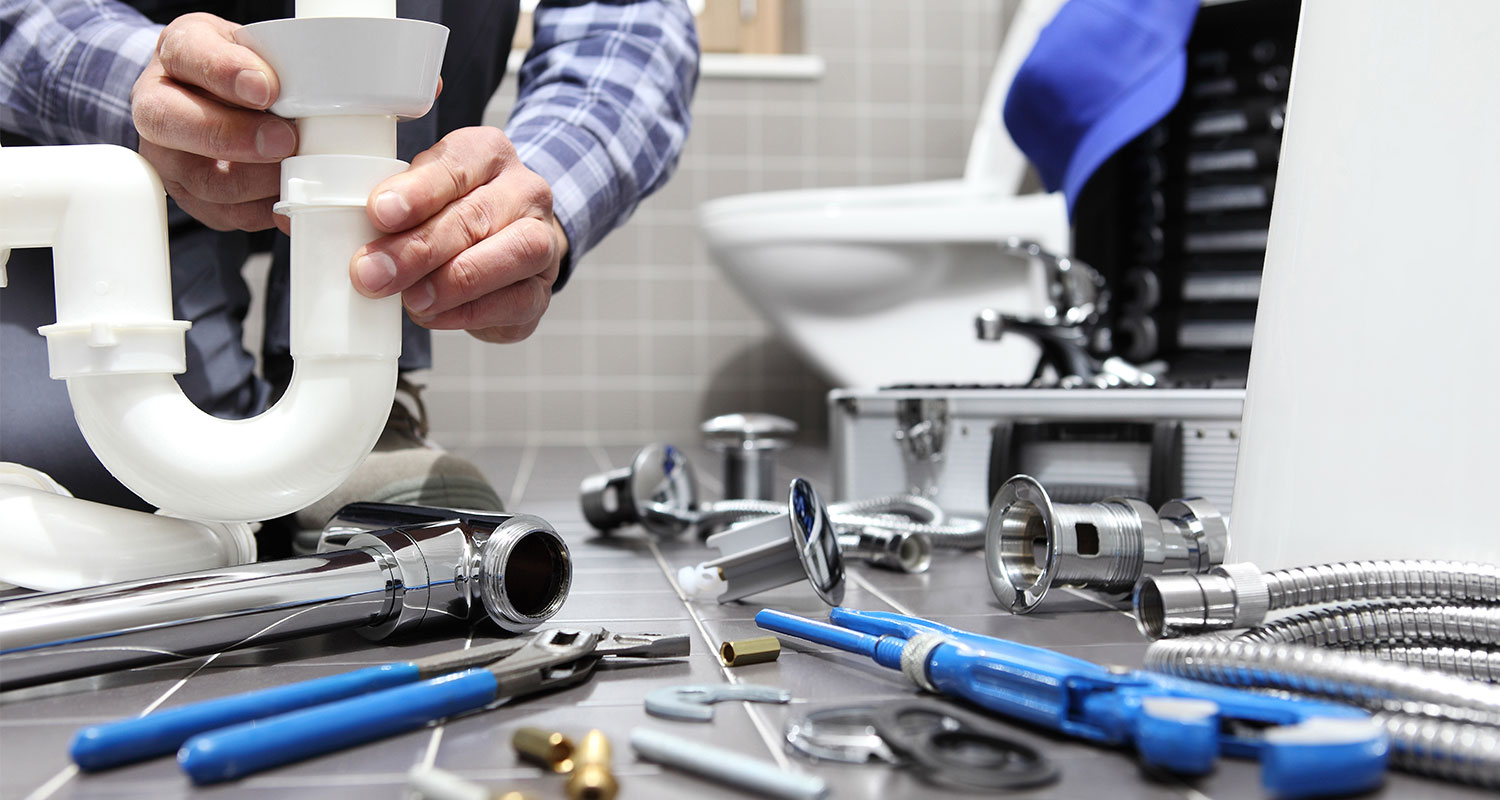Inexpensive Plumbing Services Alabaster AL for Every Budget
Inexpensive Plumbing Services Alabaster AL for Every Budget
Blog Article
A Step-by-Step Guide to Reliable Water Heating System Installment for Ideal Efficiency
Getting started on the task of setting up a water heating unit is a venture that requires accuracy and a systematic approach for attaining optimum performance. As you continue, the ins and outs of attaching water supply lines and establishing up reliable electrical or gas links wait for, promising understandings into making sure performance and integrity.
Choosing the Right Water Heater

Next, think about the size and ability of the water heating system. It's crucial to assess your household's warm water demands, which can differ based on the number of residents and their use patterns. An unit that's also little may cause inadequate hot water, while an extra-large model may lead to unneeded energy consumption.
Efficiency ratings also play a crucial role in option. Try to find water heaters with high Power Factor (EF) rankings, suggesting remarkable performance and reduced power usage. Tankless models, though generally much more costly ahead of time, deal significant power financial savings over time as a result of their on-demand home heating capabilities.
Preparing the Setup Location
Prior to mounting a brand-new water heater, thorough prep work of the installation area is essential. It's important to gauge the area very carefully to suit the water heating system's dimensions, guaranteeing adequate clearance around the device for reliable procedure and servicing.
Next, remove any kind of particles, dust, or obstructions from the site to create a tidy environment. Inspect the floor for stability, as the hot water heater will certainly require a solid, level surface area to run successfully. If essential, set up a drip pan beneath the unit to catch potential leakages or spills, stopping water damage to the surrounding location. In areas prone to seismic activity, consider mounting seismic bands to protect the heating unit securely in position.
Additionally, make certain that all essential devices and products are on hand before commencing the installment. This consists of items such as wrenches, screwdrivers, a degree, and any type of extra equipment required for placing and protecting the heating system. A well-prepared setup location establishes the foundation for an effective water heater arrangement, maximizing performance and security.
Connecting Water System Lines
When connecting water supply lines to your newly mounted water heating unit, it is vital to make certain that all links are safe and secure and leak-free to keep effective operation and avoid water damage. Begin by determining the chilly and warm water supply lines. The cool water inlet is normally noted with a blue label or a "C", while the warm water outlet is marked with a red tag or an "H".
Use versatile water heater connectors to assist in an easier installation process. Prior to connecting the ports, put a plumbing professional's tape around the threaded ends of the water heater's inlet and outlet pipelines.
As soon as connections remain in place, gradually activate the main supply of water shutoff. Check each link for leakages by visually really feeling and inspecting for moisture. Tighten links as essential, and make sure the pressure safety valve is appropriately installed, protecting versus excessive pressure accumulation.
Establishing Electrical or Gas Links
Appropriately setting up the electrical or gas links for your water heating system is a critical action to make sure secure and reliable procedure. For electric water heating units, begin by verifying that the electric circuit is suitable with the heater's voltage and amperage demands.
For gas water heating units, safety is vital. Link the gas line to the water heater utilizing a versatile gas port, guaranteeing find more information it is effectively threaded and sealed with pipe joint substance or Teflon tape appropriate for gas connections.
As soon as connections are made, check for any kind of prospective leakages. For gas lines, apply a soapy water solution to the joints; look at this website bubbles indicate a leakage. For electric connections, ascertain that all electrical wiring is secure and properly protected, maintaining conformity with neighborhood electric codes.
Changing and examining for Efficiency
With the electrical and gas connections safely in area, the following action is reviewing the functional effectiveness of your water heating unit. Begin by very carefully turning on the water supply and making sure there are no leakages at any of the valves or joints.
Next, carry out a thorough inspection to guarantee the home heating components or burner are functioning correctly. For electric heating units, use a multimeter to verify if the aspects are drawing the appropriate current. In gas versions, observe the heater flame; it must be stable and blue, showing reliable combustion.
Change the settings as essential to get rid of inadequacies. Take into consideration carrying out insulation steps, such as including a water heater covering, to further improve performance by lessening warm loss. Additionally, check the anode rod's problem, as a tatty pole can reduce performance and result in container corrosion.
Conclusion
Effective water heating system setup is critical for ensuring optimal performance and energy savings. Securely connecting water supply lines and thoroughly setting up electrical or gas links decrease prospective issues.

Correctly setting up the electric or gas connections for your water heating unit is a critical step to make certain reliable and secure procedure. For electrical water heating units, start by confirming that the electric circuit is compatible with the heating unit's voltage and amperage needs. Connect the gas line to the water heater using a flexible gas adapter, guaranteeing it is effectively threaded and secured with pipeline joint substance or Teflon tape suitable for gas links.
Report this page